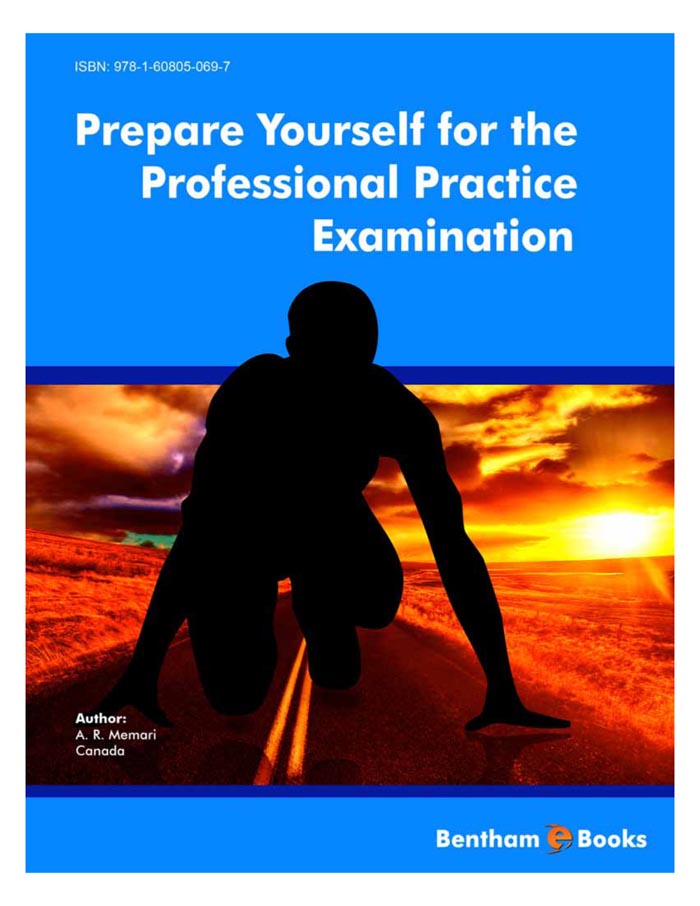Preface
Practice of engineering as professional was regulated for the first time in 1887, when the Canadian Society of Civil Engineers held its first meeting, which by 1918, changed its name to the Engineering Institute of Canada with the goal to improve the professional engineering practice. Engineering Institute of Canada drafted an act, which was approved by 77 percent of its members. In 1920, licensing law was passed. According to this, law all the engineers were required to have license to practice engineering.
From the very beginning, the basic aim of CSCE was to establish high standards for engineers and to improve the practice of professional engineering. It required all of the applicants to be at least thirty years of age and to be in possession of at least ten years of experience.
It is mandatory for all the applicants regardless of their academic backgrounds to take the Professional Practice Examination, which is a three-hour closed book examination in Engineering Law and Ethics.
This is a first book of its kind that provides the PPE candidates with answers to the questions of the previous PPE. Attempts have been made to produce this book in a very simple and easy to understand book, so the complicated language used in the two textbooks has been mitigated. In the first six chapters, question papers of Part A and Part B of years 2003 and 2004 have been answered in the simplest and informal language. In order to test your readiness for PPE, chapter seven comprises only questions of the two parts. This book is an excellent prerequisite to the two textbooks, which provides the PPE candidates with all what they should know before attending the examination. PPE should be attended with integrity and confidence.
A.R. Memari, Ph.D., P. Eng.

